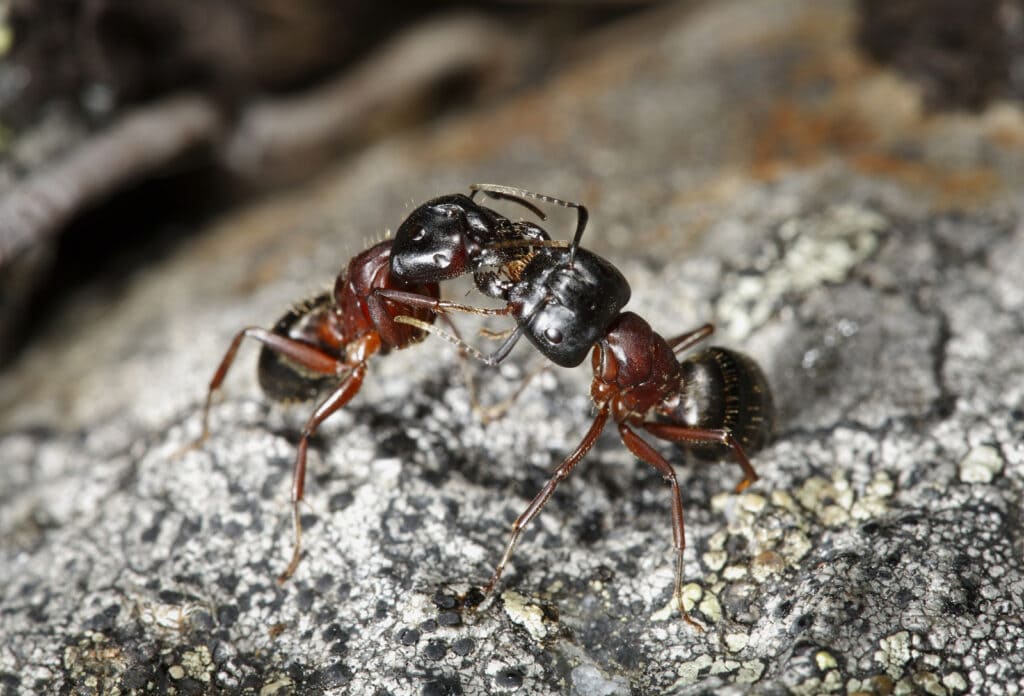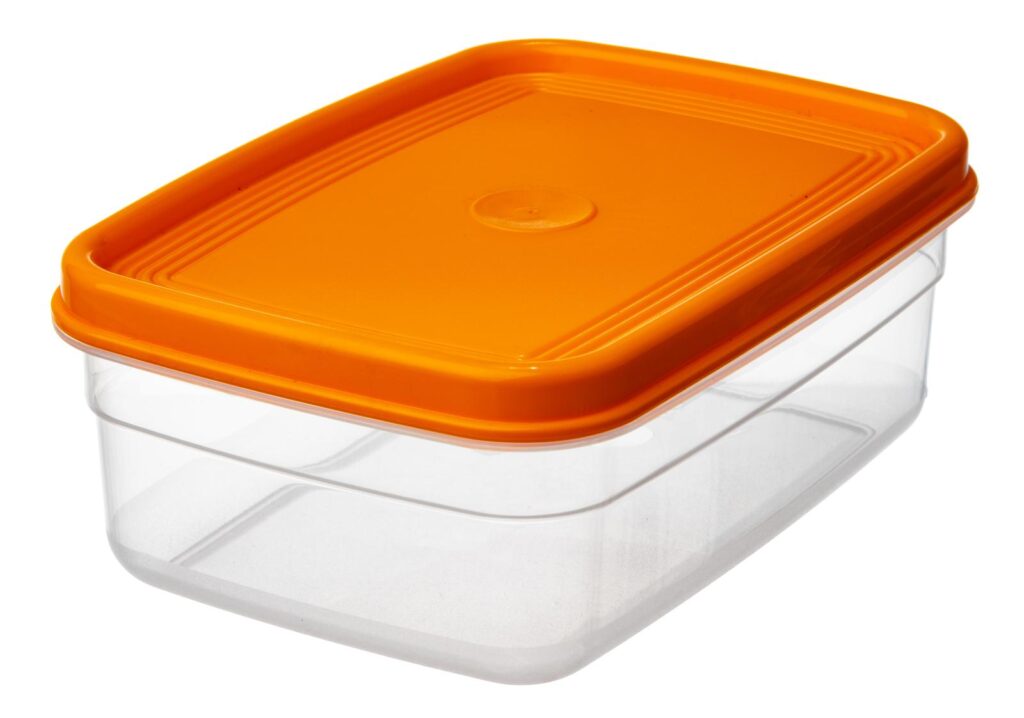Have you ever left some cardboard outside and came home and found thousands of ants in it? It almost seems like ants are attracted to it. However, this usually isn’t the case.
Finding ants in damaged cardboard may suggest that the ants ate are eating it. Ants, though, do not eat cardboard, and even carpenter ants that chew wood or cardboard do so to create nests and not for food. Most ants stick to carbs and proteins, nutrients unavailable in cardboard.
Ants have a unique relationship with cardboard. This 3-minute read will cover whether ants eat cardboard, what ants in your cardboard genuinely eat, and other interesting facts about ants.
This one is a good one.

Are ants attracted to cardboard boxes?
Ants are not attracted to cardboard boxes unless they contain food. Even then, the food in the cardboard boxes must be in a state that ants can smell it. Implying that the cardboard boxes are damaged, emitting food odor, or have food spills.
Cardboard boxes are made from wood pulp, and the primary chemical substance in wood is cellulose.
Ants, unlike termites, do not crave cellulose.
Unless there are detectable smells of foods in or spills on the carton, ants won’t get attracted to cardboard boxes.
Are ants attracted to paper?
Ants are not attracted to ordinary papers unless they contain some nutritional elements. Paper is made from wood composed of cellulose, and cellulose is not an essential food for ants. Nonetheless, ants will swarm any paper that has had contact with edible food.
Paper is a product of pulp extracted from certain trees, mainly coniferous softwood such as pine, fur, and larch.
Ants do not eat paper, so they’re not attracted to it.
However, the adhesive on Kraft paper tape is a product of natural or animal starch or proteins.
The sticky part of these biodegradable tapes can attract ants because these substances are food to them. (Source, Source)

What foods do sugar ants like?
Sugar ants are a typical name homeowners use to refer to most ants attracted to sugars and sweets. But, from a strict entomological perspective, sugar ants refer to the Camponotus Consobrinus, an Australian ant species, and this ant is notable for its extreme liking for sweet food.
All sugar ants invade many sweet foods such as sugars, honey, nectar, or jams.
The extreme craving for sweets does not mean they only survive on sweet food sources.
The sugar eaten by sugar ants is primarily for workers’ energy needs.
However, workers ants will not pass up a chance to eat dead insects or other insects for proteins.
Proteins are primarily fed to queens for egg-laying purposes and larvae for their healthy development. (Source)
Are sugar ants attracted to cardboard?
Ants do not eat cardboard and thus are not attracted to it. Sugar ants prefer sweet foods, and cardboard does not contain sugar or carbohydrates. As such, it is not a food source for ants. Ants are only attracted to damp cardboard when it’s conducive for nest making or sheltering nests.
Do Ants Like Paper?
Ants have no natural attraction to regular paper, and paper is a wood product with no practical nutritional elements for ants. Some items like toilet paper and Kraft tape have starch or protein-based binding glue that can attract ants.
What Do Carpenter Ants Eat?
Carpenter ants workers prefer foods with sugar and proteins. In the field, they eat honeydew and extrafloral nectar. When they invade homes, they eat sugary foods and fruits. They meet the colonies’ protein needs by eating other pests, insects, or bugs.
To meet their sugar diet in field conditions, they tend to aphids that suck plant sap and secrete honeydew.
The carpenter ants feed on the honeydew made by the aphids offering protection to the aphids in return.
Carpenter ants feed on insects for protein, but their protein intake is negligible.
Low protein intake is supplemented by a bacteria living in the midgut, which supplies the ant with essential amino acids. (Source)

Are ants attracted to cardboard?
Ants’ attraction to cardboard depends on the benefits derived. For instance, carpenter ants that chew wood to make nests find cardboard and wood suitable for nests. The cardboard, similar to the wood, is only ideal for nest making and not as food.
As a food source, cardboard does not appeal to ants.
Cardboard in landfills like dead or moist wood, mulch, or litter is conducive for nest creation, and it provides cover to shelter nests for species like the black ants.
Why are there ants on my paper?
Ants on paper imply the presence of food particles on the paper. In normal conditions, seeing ants on paper occurs where the paper may have been in contact with food, but not because the ants are interested in the paper itself.
It’s not uncommon to find ants on papers with sweet spills like honey, sauce, cheese, or jam.
Once the workers exhaust the food substances on the paper, they abandon it.
Why are ants attracted to plastic containers?
Plastic containers entice ants if they can smell food in the containers. Ants do not eat plastics at all. But, they can pick smells of food substances inside plastics that are not entirely sealed. Ant’s advanced smelling capability can identify food in even thin plastic containers.
Like many other pests, ants will find minor entry points in plastics to access food when they smell it.
You can prevent such invasions by storing foods in airtight plastic containers that do not let food odor out.

Are Ants Attracted to Wood?
Some ants are attracted to wood but not for food. Carpenter ants chew wood and bore galleries to make nests. Other ants, such as the black ants, create nests in or under rotting wood. Ants that dig the soil to make nests are not attracted to wood.
Moist, damp, or rotting wood is conducive to ants’ nests in the field or the house.
Does pet food attract ants?
Pet food, similar to human food, is dietarily balanced. It contains all essential nutrients and minerals. Pet foods include proteins, carbs, vitamins, and essential minerals. Ants are thus attracted to pet food because it meets their nutritional requirements.
The preparation of pet foods may be a bit different from that of humans.
However, pets need the same nutrition as other living organisms.
Manufacturers of pet foods incorporate these essentials into these foods.
These nutritional contents are the reason ants get attracted to pet foods.


